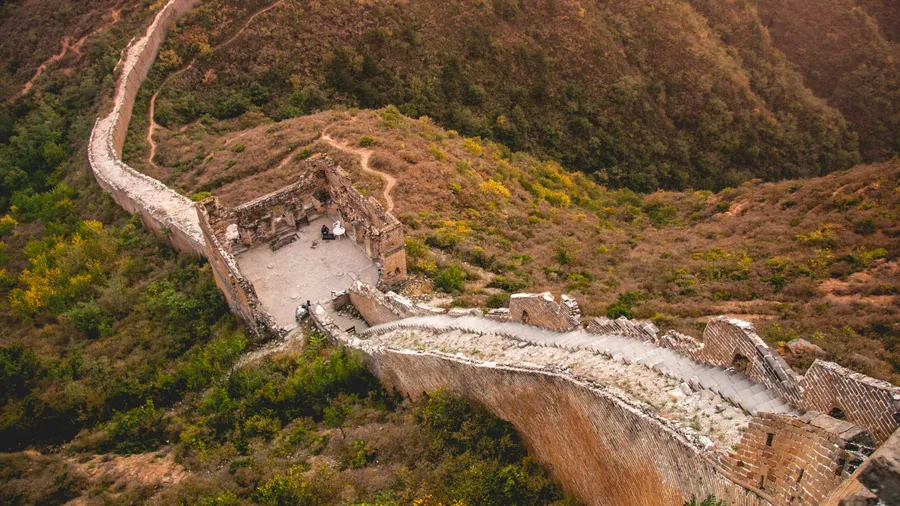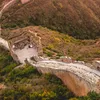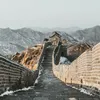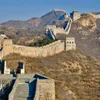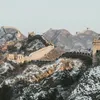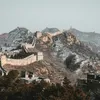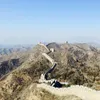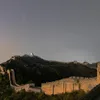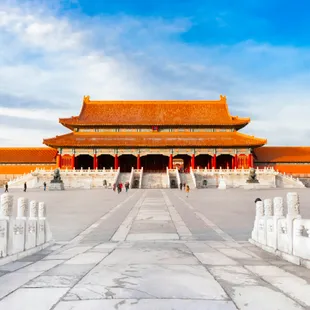Introduction
The Jinshanling Great Wall, found in Luanping County, Chengde, Hebei Province, is one of the most intact parts of the Ming Great Wall. This section of the Great Wall stretches out for about 10.5 km. It’s pretty famous for being in great shape and having tons of history tied to it. Some parts have been spruced up a bit, but there are also sections that haven’t been touched at all—these let you experience what’s called the "wild Great Wall," giving you a real feel for how it looked back in the day when it was all about defense. You can even head out to spots like beyond the East Five-Eyed Tower, where you’ll find pieces of the wall just as nature left them, totally untouched. In 1987, it was inscribed as a UNESCO World Heritage Site.
The History and Significance of Jinshanling Great Wall
Construction of the Jinshanling Great Wall began in the first year of the Hongwu era (1368 AD) during the Ming Dynasty. By the first year of the Longqing era (1567 AD), the famous anti-pirate general Qi Jiguang, Commander of the Jizhen military region, carried out further construction and renovations, turning this section into one of the most complex and densely towered parts of the entire Great Wall. It stretches across the Yan Mountains, connecting to the Simatai Great Wall in the east and the Gubeikou Great Wall in the west, making it a crucial component of the Ming Dynasty's Great Wall.
This section was built according to Qi Jiguang’s principle of "adapting to the terrain and using danger to fortify barriers," following the natural contours of the mountains. Its design features alternating high and low sections, creating a dramatic and impressive landscape. Compared to other parts of the Great Wall, Jinshanling stands out for its exquisite architectural artistry and comprehensive military defense system.
The primary purpose of the Jinshanling Great Wall was to defend against invasions by Mongol tribes from the north, particularly protecting the Ming borders and the capital, Beijing. However, there are no clear historical records indicating that it directly participated in large-scale wars.
Unique Architectural Features
Watchtowers
The enemy towers on the Jinshanling Great Wall are densely distributed and uniquely designed, with each tower serving a specific function. Some were used to transmit information via beacon fires or drum beats, while others served as defensive outposts or storage areas for weapons and supplies. These towers vary in size and shape, and many are adorned with exquisite carvings that reflect the craftsmanship of the Ming Dynasty.
Barricades
The barricades of the Jinshanling Great Wall are ingeniously designed. They are usually built on the inner or outer sides of the main wall, forming multiple layers of defense that effectively block enemy attacks. This design enhances the wall's defensive capabilities and complements its overall structure.
Textured Bricks
The bricks used in the construction of the Jinshanling Great Wall are hard and feature distinct textures on their surfaces. This technique not only increases the durability of the bricks but also adds an aesthetic appeal. Each brick is carefully fired to ensure the wall's stability and longevity. Additionally, some bricks bear inscriptions or symbols that record details such as the year of construction and the names of the craftsmen involved.
These unique architectural features make the Jinshanling section one of the most representative segments of the entire Great Wall.
Transportation
How to Get There
Public Transportation
Take the Express Line 980 from Dongzhimen in Beijing to Miyun Children's Palace, then transfer to a local bus to reach the scenic area. The entire journey takes about 3 hours.
Tourist Shuttle
Take Bus No. 858 from Beijing to the Luanping County Passenger Hub Station, then transfer to a tourist shuttle. The total travel time is about 2.5 hours, with a transfer required along the way.
Charter Service
Choose a chartered vehicle service provided by a travel agency. The one-way trip takes about 2 hours and costs approximately ¥500, making it suitable for group travelers.

